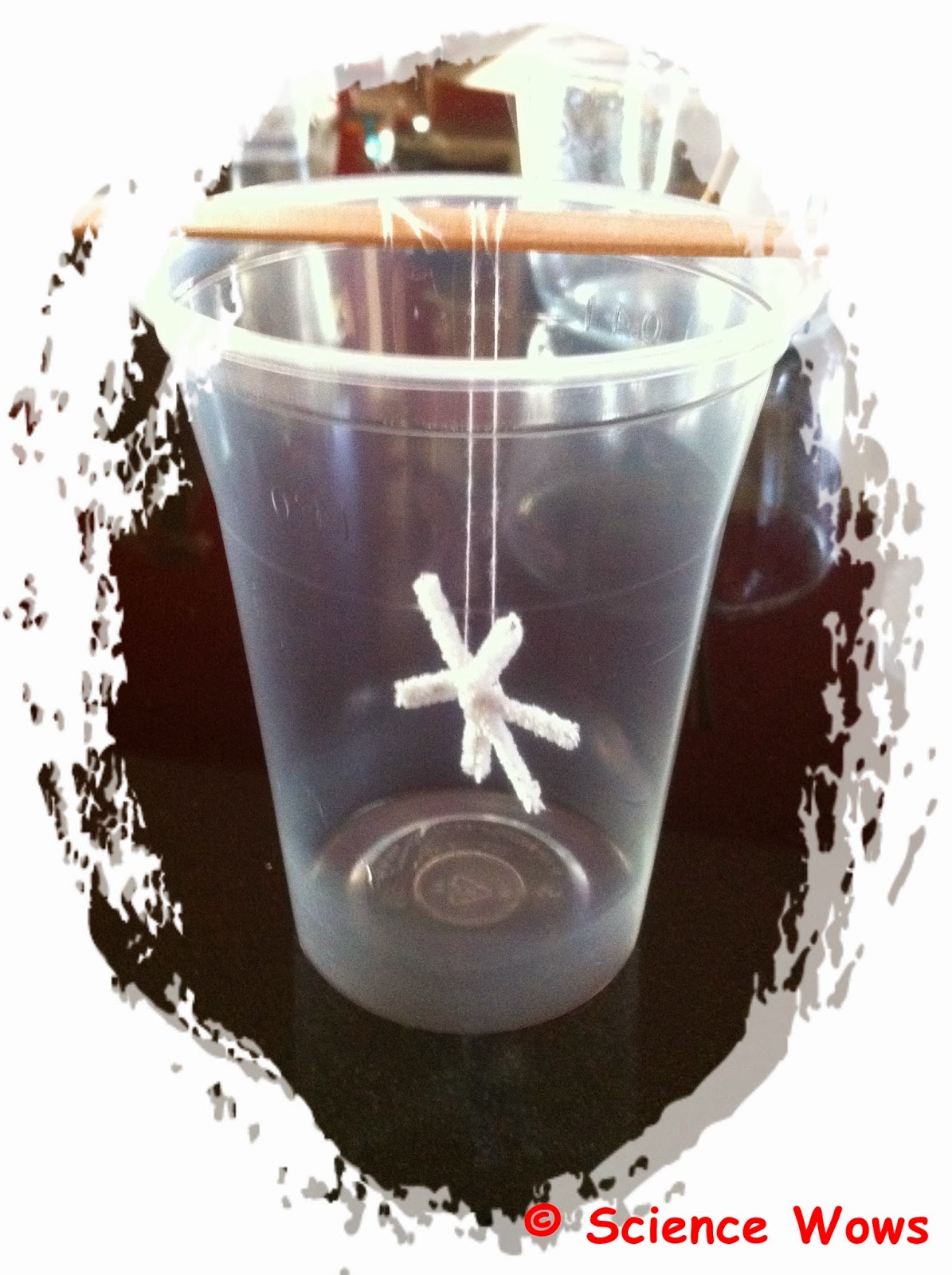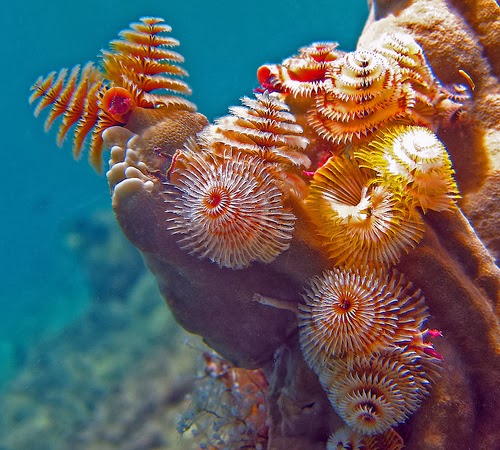I have been reading lots of “end of year” reflective blogs and I am loving them, but feeling reluctant to write my own. I set myself the challenge at the start of 2013 to write a blog for the year. I had given up making the typical New Years Resolutions a long time ago as they had always fizzled out before January was over. However, when I really set my mind to something I am a bit like a terrier, I just don’t let go. So my resolution at the start of 2013 was a little different… I set myself a year of blogging… a start and a potential end point if I chose it at the end of the year. I also decided to start in the middle of January, not the very first day as I knew that to be the first stumbling block for success for many.
One year on and I have done it. I have toyed with different writing styles (did you notice??), I have changed design a few times (once completely by accident when I deleted my entire layout!!… I learned how to back up after that one!). I started with the very long, more scientific posts (which I do still love to do from time to time) and moved on to some shorter, more general ones. I started blogging once a week and then increased that. I introduced things like the Mystery Creature spot at the start of the week and the Just a thought posts which have become some of my favourites!
I started in that pig headed and totally naive manner that seems to be burnt into the core of my character (just ask my hubby… I think he finds this trait both totally frustrating and admirable all at the same time!). I wrote, I clicked “publish” and then I sat back and waited. Maybe I just expected an automatic audience to come flooding to my words in an “if you build it they will come” kind of way – as I said Naive with a capital N! Turns out it doesn’t work like that… who knew? I have learned a lot about social media through this blogging adventure and in so doing I have met some wonderful people and have been helped, supported and inspired by many. This in itself has made the years adventure so worthwhile.
The only disadvantage to my resolute and finite plan to blog for the year is what do I do when the year is up? Now I understand my own reluctance to write this post. I have come to the end and I need to decide the next step.
So what to do next?… well I have really enjoyed the writing and have found that I have learned so much on so many different levels. In fact I have enjoyed it so much I am not ready to stop. I feel this blog is still an infant and has a lot of growing to do. It is time to make some changes though… firstly, structural ones… so watch this space as things will get shaken up a little and we will see what the blog looks like when the dust settles. In the mean time if you have any suggestions as to what you might like to see more of on this blog, or less of, just let me know in the comments below. Your feedback would really make a great end to my blogging year and a helpful start to my next blogging phase… so go on… don’t be shy!
All that remains now as the year closes in is to say a BIG thank you to all who supported me in my blogging adventure so far. A special thanks to my hubby who has patiently supported me while the dinner got delayed, the laundry (and kids) stayed unwashed and the conversation paused, all until a post was finished. To family and friends who edited, proofed, suggested and cajoled the blog along with me, especially in the early days – my heartfelt gratitude; and to all those who I have met along the way and have offered me such invaluable help, support and advice, thank you all, it is very much appreciated and has not gone unnoticed!

















